On Sunday, November 1, the Orthodox world bid farewell to Metropolitan Amfilohije (Radović) of Montenegro and the Littoral, a bishop of the Serbian Orthodox Church and well-known theologian, who has found his last shelter before the Second Coming of the Lord in the Church of the Resurrection of Christ in Podgorica.
Although the archpastor died from complications from COVID-19, his preaching was that there is a virus that is far more dangerous…
Hieromonk Vladimir (Palibrk) of Ostrog Monastery in Montenegro, headed by His Eminence, remembers his spiritual father, abbot, and metropolitan.
How the Holy Scriptures are repeated over and over again in our day
Vladyka was our abbot in Ostrog Monastery and the beloved archpastor-metropolitan of all our people. I am grateful to God that I could grow up at the feet of such a spiritual giant and accept ordination into the monastic priesthood from him. He was an outstanding theologian; one of the most educated modern hierarchs. He taught in Athens, in Paris, in Rome, and so on. Vladyka Amfilohije is our sun. For us, he was Heaven, incarnated on Earth.

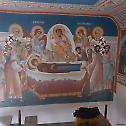
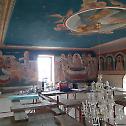
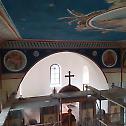

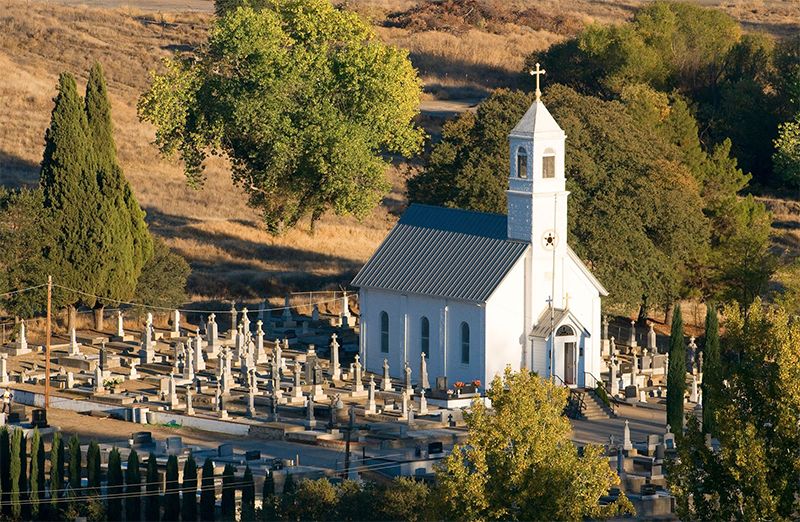
 The history of the oldest Serbian cemetery in America is related to the construction of the first Serbian Church on American soil and the important role of Archimandrite Sebastian Dabovich.
The history of the oldest Serbian cemetery in America is related to the construction of the first Serbian Church on American soil and the important role of Archimandrite Sebastian Dabovich. Author: Bishop Grigorije/Vladika Grigorije
Author: Bishop Grigorije/Vladika Grigorije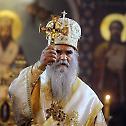

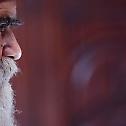
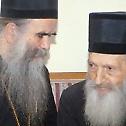

 Author: Stephen C. Headley
Author: Stephen C. Headley By: Christos Ath. Terezis & Lydia Chr. Petridou
By: Christos Ath. Terezis & Lydia Chr. Petridou